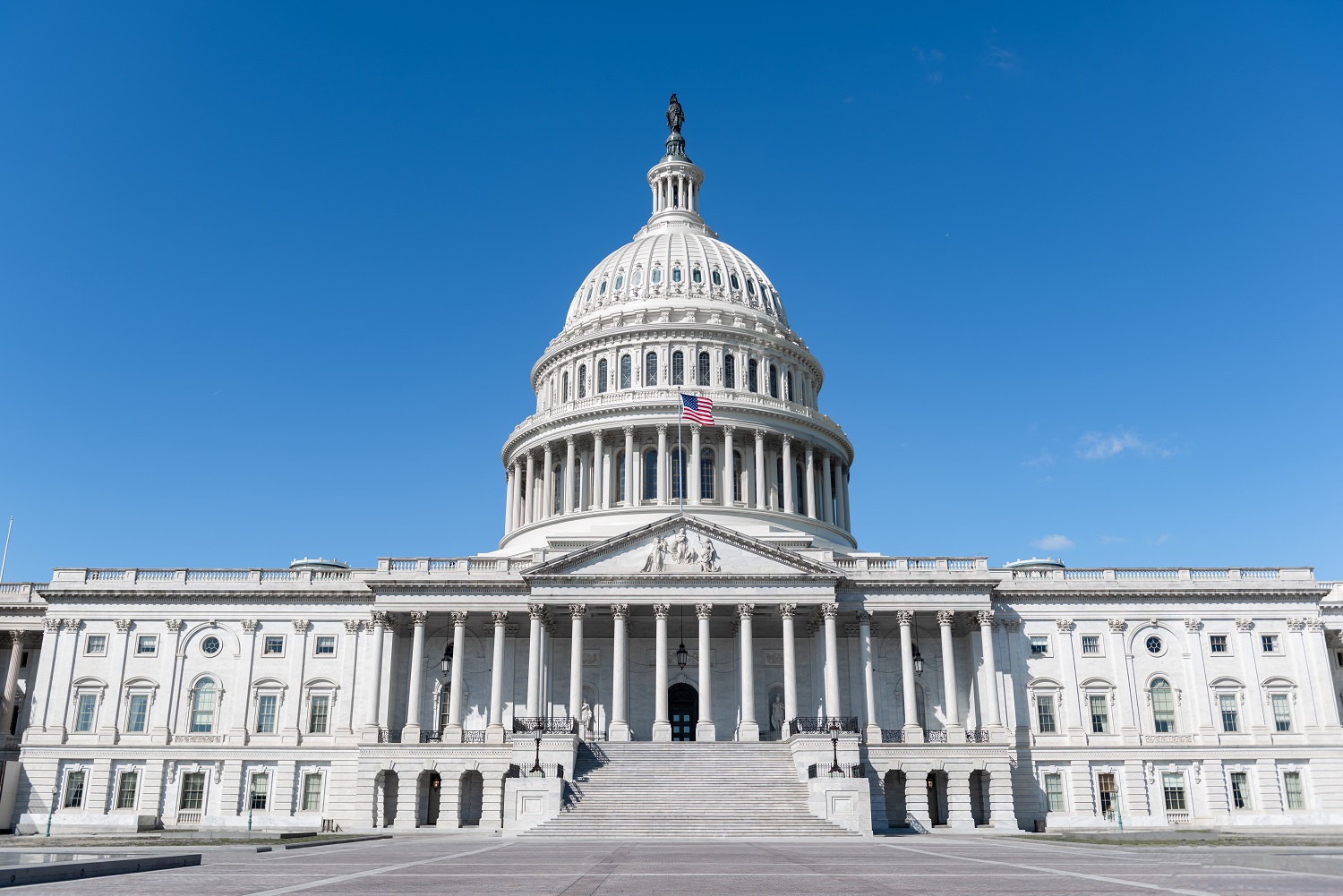“Country ownership” has become a buzzword in the development community, but what does it really mean? A country ownership approach has multiple interpretations to different actors, within different sectors, and for different countries. It’s time to unpack this rhetoric and bring understanding and evidence to the catch phrase.
Enter new research from CGD. We, along with colleagues on the Rethink team, are mid-way into a year-long research project to examine how USAID and MCC define, operationalize, and implement country ownership principles – both in Washington, DC and in the field. From this agency-level perspective, we aim to explore how and when an ownership approach can be effective, and what tools and mechanisms each US agency has at its disposal to implement such an approach. Just as important, we’ll also look at what constraints inhibit USAID and MCC in their efforts to pursue locally-led development activities.
The research project has many exciting components. First and foremost, we’ve undertaken a full review of how USAID and MCC consider country ownership through all of their strategy documents, sector guidance, and agency policies. With an understanding of how each agency defines ownership at headquarters, we’ll take the research to the Mission and compact level. Global analysis will examine how agencies operate within each country and how varying country contexts can enable or inhibit ownership approaches from USAID and MCC.
To better understand potential gaps between policy and practice, our study will also include in-depth country case studies. Two of these case studies, undertaken in Liberia and El Salvador, have been completed. This element of the research has already shed light on how varied the approaches to country ownership are, both for US agencies and country counterparts.
For the purposes of this research, country ownership represents a set of principles and approaches by which local actors – governments, civil society, and the private sector – have a greater voice and hand in development activities. Varying ownership approaches can be categorized in three broad pillars: ownership of priorities (what development activities take place), ownership of implementation (who is accountable for a set of results), and ownership of resources (how development activities are funded).
Country ownership seems a good idea in theory, but the development community still has much work to do in proving the concept. We need evidence that shows how a country ownership approach works and why it might lead to more sustained development impact.
As CGD research builds this evidence base, we’ll regularly update this space with analysis, country observations, and research questions in advance of a final report. As we do so, we want to hear from you in the development community. How do you define country ownership? What are the questions we should be asking? Do you have insights into how and why a country ownership approach has succeeded or failed as a part of your work?
Stay tuned and stay engaged as we endeavor to increase the analysis and evidence around country-owned development models.
CGD blog posts reflect the views of the authors, drawing on prior research and experience in their areas of expertise.
CGD is a nonpartisan, independent organization and does not take institutional positions.





